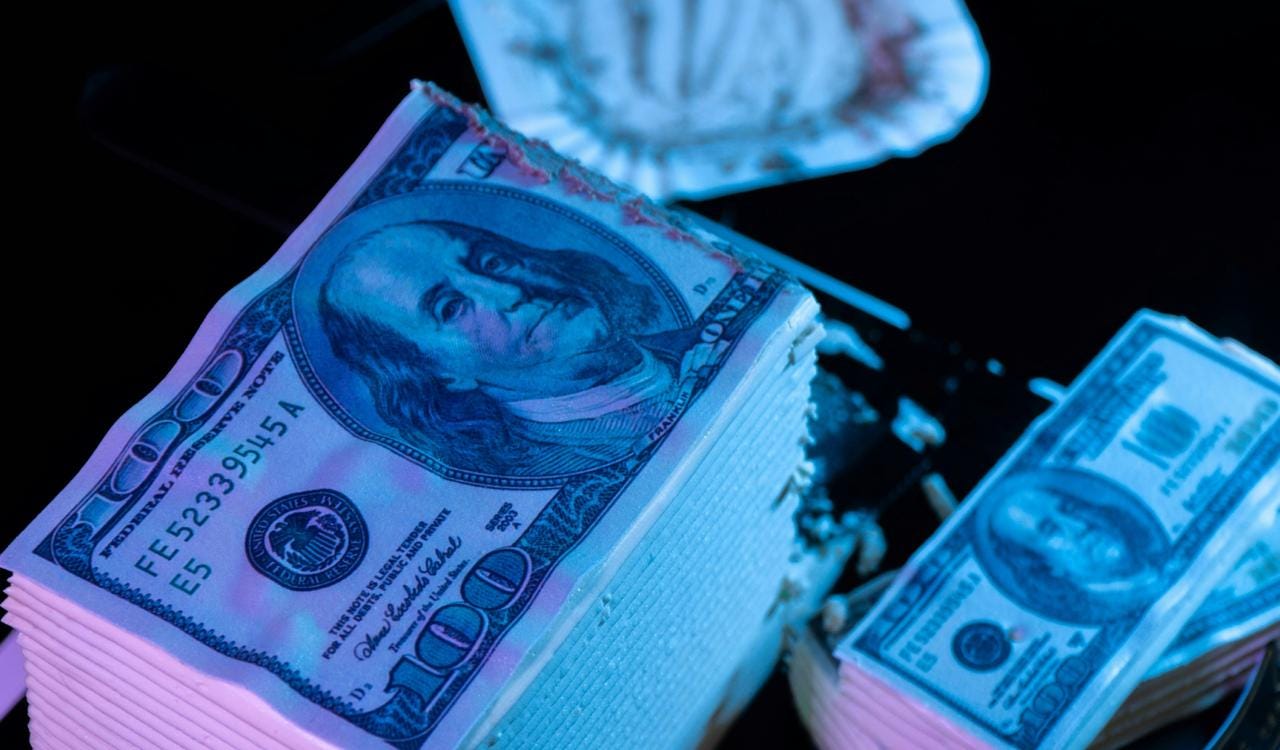Dollar Squeeze in the Maldives: Why is the USD Hitting MVR 20?
USD parallel market rate hitting MVR 20 isn't just a seasonal hiccup. It's a perfect storm of new monetary policies and rising debt payments, and it's a deliberate, high-stakes economic slowdown.
If you're in business or planning a trip abroad in the Maldives right now, you’re feeling the squeeze. The US dollar rate on the parallel market (black market) is a hot topic, with figures reportedly climbing to an alarming MVR 20. It's a number that’s making everyone from small business owners to families nervous.
As a reporter covering the economy, I've been digging into this, and it’s clear this isn't just a simple seasonal blip. We're witnessing a perfect storm of factors. Here’s my take on what’s really driving this surge.
1. The Usual Suspects & a New Game-Changer
Every year, we see a slight hike in the dollar rate around June and July. It's the tourism low season, so fewer dollars are coming in. That’s predictable. But this year is different. The real game-changer is the MMA's strict new policy forcing resorts and other businesses to funnel all their dollar income through local banks.
While the intention might be to formalize the market, it has choked the informal circulation of dollars that the economy has long relied on. Many resorts have stopped paying salaries and service charges in dollars. That single change has removed a massive, regular injection of dollars from the hands of thousands of people.
2. Unyielding Demand Meets a Shrinking Supply
The problem is, while the supply has been squeezed, the demand for dollars hasn't gone anywhere. In fact, it's about to get worse. With school holidays and Independence Day right around the corner, many Maldivians are planning overseas trips, and they need dollars. This classic supply-demand collision is a huge part of why the street rate is soaring.
3. The Government's Own Dollar Bill is Growing
On top of everything else, the government's own need for dollars is increasing. Debt servicing costs are up 180% from last year. That’s a significant outflow of USD from our national reserves, leaving even less in circulation for the rest of us.
4. The Paradox of Excess Rufiyaa
The new exchange policy has created an interesting side effect: many businesses are now flush with Maldivian Rufiyaa. Some are looking to reinvest this capital into new ventures. But what do you need to start a new project in the Maldives? You need to import equipment and materials, which means you need dollars. This creates a fresh wave of demand, adding more fuel to the fire.
Official Intervention: Is it Helping?
The authorities are not standing still, but the question is whether their solutions are hitting the mark.
MMA is now controlling the lion's share of the dollars coming into the banks and is trying to channel them through BML to businesses. The idea is to reduce reliance on the parallel market. But from what I'm hearing on the ground, the demand is simply too vast for one bank to handle, and businesses are still forced to turn to the parallel market.
The move to raise debit card foreign spending limits to $500 is a decent gesture and will help travelers a bit. But let's be realistic—it's a small bandage on a much larger wound.
My Take: A High-Stakes Gamble for 2026
Here’s what I believe is really happening beneath the surface. I suspect the government is deliberately putting the brakes on the economy. By slowing down major projects (PSIP), delaying payments to contractors, and holding back on new tenders, they are engineering a slowdown.
Why? To conserve every possible dollar. This looks like a calculated, high-stakes strategy to prepare for the massive USD 500 million Sukuk bond that matures in April 2026. Paying that off will be a major test for the country.
It's a risky game of "economic hibernation." While it might preserve our dollar reserves, choking the private sector and economic growth comes with serious long-term consequences.
What's Next?
We might see some relief after August when the tourist season picks up again in September. But we can't ignore the warnings. MATI, an organization with a deep roots of the dollar market, has calculated that the rate could push past MVR 21. When they put out a number like that, we need to listen.
We are caught in a difficult position, navigating between necessary policies and their painful side effects. How our leaders manage this delicate balancing act will shape our economic reality for a long time to come.



